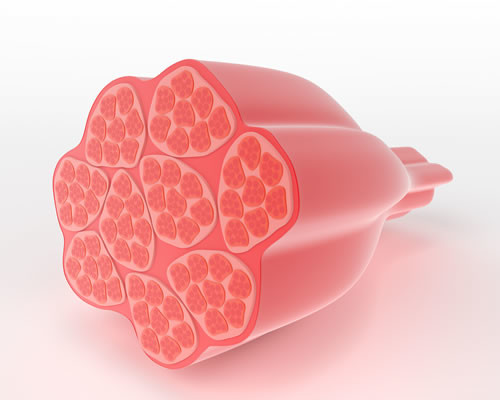Neuromuscular Therapy (NMT), also called Integrative Neurosomatic Therapy (NST), is a methodology developed by Paul St. John for assessing, treating, and preventing soft tissue injuries and chronic pain.
NMT (NST) includes a full postural assessment to determine the muscular imbalances in the body. Treatment is based upon those findings to rebalance the body. In short, the assessment allows the practitioner to create a “blueprint” or plan for treatment. The client is measured in both the standing and supine (lying down) positions.
Not only does the assessment show where the muscular imbalances are, it helps to rule out any structural issues. According to Janet Travell, MD, a small anatomical leg length difference or a hemipelvis (one ilium, or hip bone, smaller than the other) can have a tremendous impact on the recovery process: their presence may not cause the pain, but they do perpetuate it (keep it locked in) and can keep the person from getting well. I cannot diagnose these conditions, but the measurements taken during the assessment can indicate whether or not they may be present.
Another common principle includes how the healing process works (the 5 stages of rehabilitation): The ultimate goal of the hands-on work is to address the soft tissue causes of pain. Many times, the cause of a person’s pain can’t be determined, and that may be because the soft tissues haven’t been thoroughly examined. Soft tissue problems (muscles and fascia) do not show up on an x-ray.
NMT systematically examines the muscles, tendons, ligaments, internal organs, and other soft tissues to eliminate this potential cause of a person’s pain. The restoration of proper posture and bio-mechanics (our moving posture) is also crucial in this process. Improper posture and movement mean that our body has to work harder: if our bones aren’t holding us up, then our muscles have to. Often physiological problems are alleviated simply because the body becomes able to function more efficiently in gravity.
Stages of Rehabilitation
When a person suffers an injury, there are certain stages they must go through to ensure efficient recovery. Failing to go through these stages or attempting the stages in improper order often leads to re-injuring the affected site and possibly increasing the severity of the original injury. Following these five stages in order leads to optimal recovery in the shortest amount of time.
1. Eliminate sources of pain.
2. Restore functional range of motion.
3. Restore bio-mechanical efficiency.
4. Increase muscular strength and endurance.
5. Functional training.

